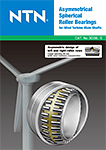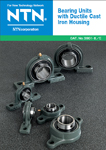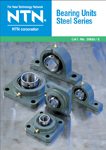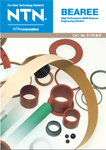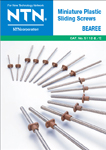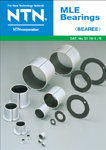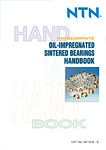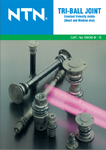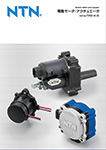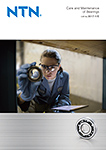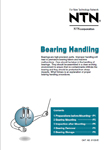Tower Singapore
08:00 - 20:00
- Home
- Agricultural machinery
Agricultural Machinery
Deep groove ball bearings

The most typical type of bearing, these are used in a wide range of fields. They include grease-enclosed sealed and shield bearings for ease of use.
Other types include bearings with a locating snap-ring to facilitate positioning when mounting the outer ring, expansion compensating bearings that absorb variations in bearing fitting surface dimensions due to housing temperature, and TAB bearings that are resistant to contamination in lubricating oil.
- Related Catalog
-
Angular contact ball bearings

In these ball bearings, the direct line that connects the inner ring, balls, and outer ring has a given angle in the radial direction (the contact angle).
This angle is generally designed with three kinds of contact angle.
These bearings can bear axial loads, but because of the contact angle cannot be used singly and must be used in pairs or combinations.
- Related Catalog
Four-point contact ball bearings
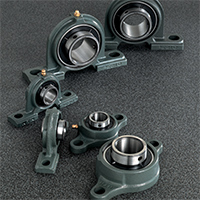
These are angular contact ball bearings with the inner ring divided into two. When the outer ring and inner ring are pushed in the radial direction, the balls make contact with the inner ring and outer ring at four points. One bearing is able to bear an axial load from both directions, and can be used in a two-point contact state under a general pure axial load or under a composite load with large axial load.
- Related Catalog
Ball bearings for rolling bearing units
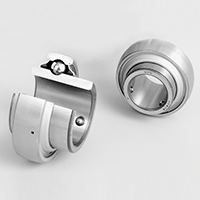
NTN uses the same steel balls and cage as used in the 62.63 deep groove ball bearing series. In addition, the units feature a double seal that combines oil-resistant synthetic rubber seals on both sides and NTN’s unique slinger (also called flinger).
The products include those with a wide inner ring that is tightened to the shaft with screws having mounting balls at two locations, and those that have a tapered bore caliber surface and are mounted on the shaft using an adapter. There are also products using the off-center collar method in which the inner ring is fixed on the shaft by means of an off-center groove on the inner groove and an off-center groove on the collar, and those in which the inner ring is mounted on the shaft through interference between the inner ring and shaft, as in the deep groove ball bearing products.
- Related Catalog
Single-direction thrust ball bearings

These bearings have balls enclosed in a cage between the shaft raceway washer that corresponds to the inner ring, and the housing raceway washer that corresponds to the outer ring. They can bear only single-direction axial loads.
- Related Catalog
Cylindrical roller bearings

These use rollers as the rolling elements and have a high load capacity. The rollers are guided by the ribs of the inner or outer ring. The inner and outer rings can be separated to facilitate assembly, and both can be fitted tightly.
On types with no ribs, either the inner or the outer ring can move freely in the axial direction, making cylindrical roller bearings ideal for use in free side bearings that absorb shaft expansion.
On types with ribs, the bearing can bear a slight axial load between the roller end surfaces and the ribs. Cylindrical roller bearings include the HT type that modifies the shape of roller end surfaces and ribs to increase axial load capacity, and the E type that has a special internal design to increase radial load capacity. The E type is standard for small-diameter sizes.
- Related Catalog
-
Needle roller bearings

These bearings use small needle rollers, 6mm or less in diameter with a width 3 to 10 times diameter, as rolling elements. As such, they feature low cross-section height, high load capacity relative to dimensions, and high rigidity due to the number of elements, and are suited to wobbling or pivoting motion.
- Related Catalog
-
Tapered roller bearings

Tapered roller bearings are designed so the inner and outer ring raceway and the apex of the tapered rollers intersect at one point on the bearing centerline. For this reason, the rollers are pushed against the inner ring rib and roll guided by the rib, receiving the loads from the inner ring raceway surface and the outer ring raceway surface as a combined load on the raceway surface.
Component force is produced in the axial direction when a radial load is applied, so the bearings must be used in pairs. The inner ring with rollers and outer ring separate, facilitating mounting with clearance or preload. However, assembled clearance is hard to manage and calls for attention. Tapered roller bearings are capable of supporting large loads, both axial and radial.
- Related Catalog
-
Spherical roller bearings

These bearings have an outer ring with a spherical track surface, and an inner ring that encloses two rows of barrel-shaped rolling elements.
Various types exist that differ by internal design, including bearings with a tapered bore inner caliber. The bearings are easily mounted on the shaft with an adapter or un-mounting sleeve, and are used in many industrial machines for their high load capacity. Potential troubles include one row bearing no load when axial load is large, calling for attention to usage conditions.
- Related Catalog
-
Polylubu Bearings
- Related Catalog
-
Long-Life AS Series TAB/ETA Bearings
- Related Catalog
HL Bearings
- Related Catalog
Needle roller and cage assemblies for connecting rod bearings
- Related Catalog
Bearing Units – with Ductile Cast Iron Housing

The bearing box is made of ductile spheroidal graphite cast iron resulting in improved breaking strength compared to gray cast iron. Dimensions are designed to be as compact as possible, making it suitable for applications with limited space and weight.
- Related Catalog
Bearing Units – Steel Series

Rolled steel housing for general structures are processed by precision gas cut, ensuring higher rigidity compared to general cast steel. Suitable for parts where safety is a concern or with high vibration or impact due to excellent load capacity and impact resistance.
- Related Catalog
Triple-Sealed Bearings for Bearing Units
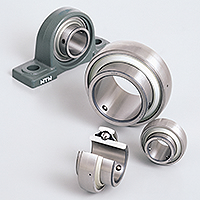
Contain a triple-lipped bearing seal, resulting in excellent dustproof and waterproof performance compared to standard bearings. A longer service life is ensured even when exposed to dust and splashes of foul water.
- Related Catalog
-
Plastic bearings

Bearings made of resin material for slippery surfaces or axes. Can be adopted for a wide range of fields and machine components due to light weight, lower cost, and versatility compared to metal. Generate less vibration and noise and have a lower slip friction coefficient due to light weight. Excellent plastic workability and electrical insulation when heated, water-resistant.
- Related Catalog
Oil impregnated bearings

Bearings with an oil-impregnated porous sintered body mainly composed of metal powder. Oil is impregnated into the pores of the bearing itself, resulting in efficient lubrication inside the bearing during operation.
- Related Catalog
Spherical plain bearings

Self-aligning bearings with sliding spherical surfaces which can support radial loads or axial loads in both directions. Ideal for vibrating or aligning movement and is widely used in construction machinery and industrial machinery.
- Related Catalog
Constant Velocity Joints

Components used to transmit rotational motion so both axes rotate at a constant velocity regardless of the angle between the input and output shaft, and torque is transmitted smoothly (bearings used here).
- Related Catalog
-
Electric Motor and Actuator

NTN has combined its core technologies of bearings and ball screw product technology with motor design technology and electrical control technology to develop the “Electric Motor and Actuator” series.
The product lineup features common components and specifications, and is available with variations in shape and size, which eliminates the need for individual designs for a shorter development time.
- Related Catalog
Maintenance
- Related Catalog
-


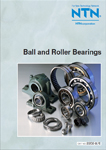


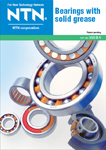
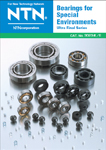
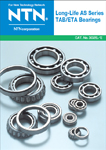
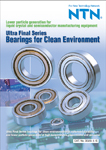
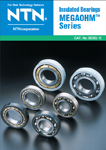

![Photo: Deep Groove Ball Bearings for High-speed Servo Motors [Type MA]](/content/files/picture/thumb3103.jpg)
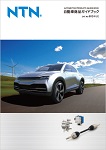
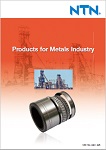
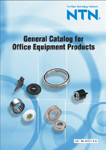

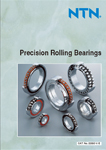
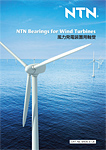
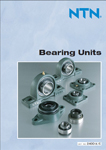
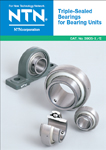
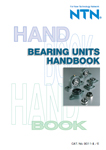

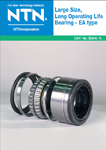
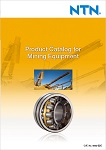
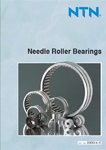
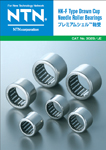
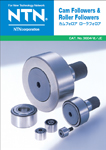
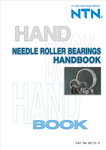

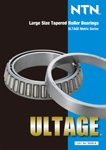
![Photo: Sealed Four Row Tapered Roller Bearings for Rolling Mill Roll-Necks [CROU..LL Type]](/content/files/picture/thumb3801.jpg)

![Photo: ULTAGE Spherical Roller Bearings [Type EA, Type EM]](/content/files/picture/thumb3033.jpg)
![Photo: Spherical Roller Bearings with High-strength Cage [EMA Type]](/content/files/picture/thumb3036.jpg)
![Photo: Sealed Spherical Roller Bearings [WA Type]](/content/files/picture/thumb3703.jpg)

